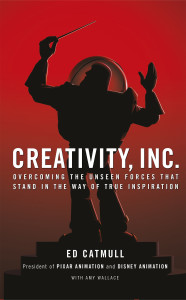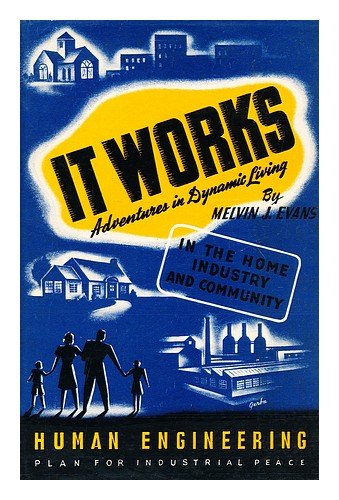Presentations I will be giving at INFORMS 2015, Nov 1-4:
1. Cluster: Manufacturing & Service Oper Mgmt/Sustainable Operations
Session Information : Sunday Nov 01, 13:30 – 15:00
Session Title: Incentives and Investment in Renewable Energy and Energy Efficiency
Title: Demand Response, Energy Efficiency, And Capacity Investments In A Production Line
Presenting Author: Eric Webb,Graduate Student, Indiana University
Co-Author: Owen Wu,Indiana University
Abstract: Demand response (DR) programs incentivize industrial firms to halt production during times of peak electricity demand. We consider a firm faced with the option of investing in energy efficiency (EE) improvements at individual machines on the production line. When viewed in isolation, EE incentives may not be enough to induce the firm to invest in the socially optimal level of EE, due to the loss of DR revenue after installation. We suggest a new policy for EE incentives in light of DR.
2. Cluster: Manufacturing & Service Oper Mgmt/Healthcare Operations
Session Information: Tuesday Nov 03, 16:30 – 18:00
Session Title: Patients and Practice: Using the Right Resources to Deliver Care
Title: Incentive-compatible Prehospital Triage In Emergency Medical Services
Presenting Author: Eric Webb,Graduate Student, Indiana University
Co-Author: Alex Mills,Assistant Professor, Indiana University
Abstract: The Emergency Medical Services (EMS) system is designed to handle life-threatening emergencies, but a large and growing number of non-emergency patients seek healthcare through EMS. We evaluate the incentives underlying prehospital triage, where EMS staff are allowed to identify patients that could be safely diverted away from the hospital and toward appropriate care. Continued transition from fee-for-service payments to bundled payments may be necessary for prehospital triage implementation.
3 (I will be presenting). Cluster: Behavioral Operations Management
Session Information: Wednesday Nov 04, 08:00 – 09:30
Session Title: Behavioral Models in Operations Management
Title: Linking Customer Behavior And Delay Announcements Using A Probability Model
Presenting Author: Qiuping Yu,Assistant Professor, Indiana University
Co-Author: Kurt Bretthauer,Professor, Indiana University
Eric Webb,Graduate Student, Indiana University
Abstract: Service systems often offer announcements to customers about their anticipated delay. We empirically examine how announcements affect queue abandonment behavior using a duration model accounting for potential behavioral factors. Our results show announcements induce the reference effect and customers exhibit loss aversion. We also find evidence indicative of the sunk cost fallacy. We then provide insights for staffing and delay announcement policy accounting for observed behavioral factors.
4 (poster). Title: Using Past Scores and Regularization to Create a Winning NFL Betting Model
Presenting Author: Eric Webb, Graduate Student, Indiana University
Co-Author: Wayne Winston, Professor, University of Houston
Abstract: Is the National Football League betting market efficient? We have devised a profitable betting model that would win 52.9% of the 7,554 bets against the spread it would have made over 33 seasons. Scores from previous weeks are used to estimate the point value of each team’s offense and defense. These values predict next week’s scores, and a bet is placed against the advertised spread. The sum of squares of offensive/defensive point values are constrained to be less than a regularization constant.
My poster will be presented 12:30-14:30 on Monday, Nov. 2, so I have presentations every day of the conference. Come see me!


